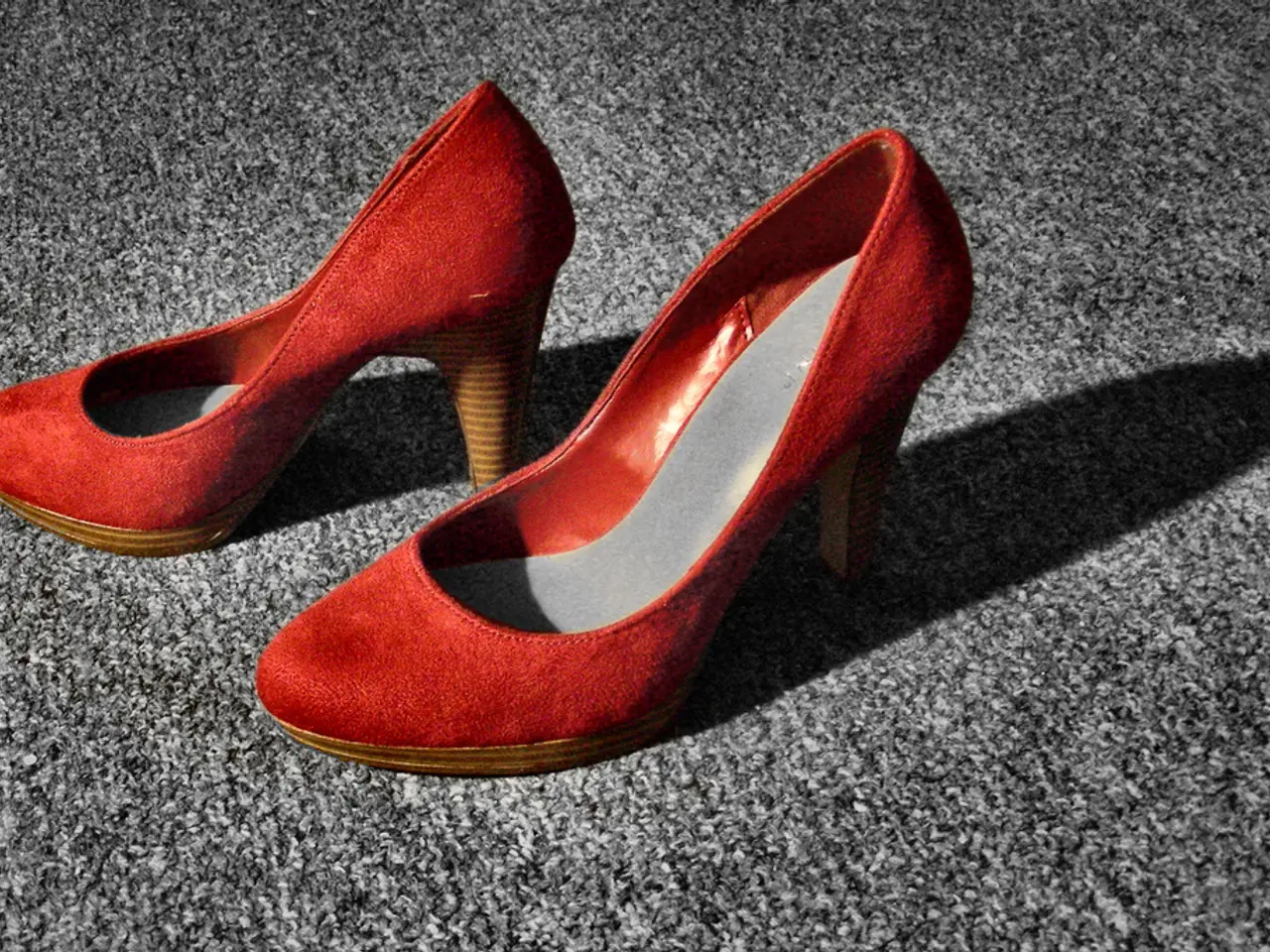Traction: A Valuable Tool in Managing Musculoskeletal Conditions
Traction, a medical technique involving ropes, pulleys, or weights, is employed to gently pull broken or strained body parts back into place. It's commonly used to stabilize bone fractures, reduce pain, and treat various musculoskeletal conditions.
Traction finds extensive use in treating musculoskeletal issues like spinal decompression for back and neck pain, disc herniations, and nerve impingements. It's also applied in orthopedic and rehabilitation settings to alleviate joint and muscle tension, improve alignment, and aid recovery post-injury.
The process involves two main types: skeletal traction and skin traction. Skeletal traction directly applies force to the bone using pins, wires, or screws, while skin traction uses splints, bandages, or adhesive tapes to apply force to the skin.
Traction's effectiveness varies depending on the individual condition and should be discussed with a healthcare provider. It's primarily used as a temporary measure, providing pain relief in the early stages of treatment until the definitive procedure is done. After traction, patients often engage in physical and occupational therapy to regain strength and relearn affected skills.
While traction offers temporary relief and stabilization, it's not without risks. These include adverse reactions to anesthesia, excessive bleeding, infection, tissue damage, nerve injury, or vascular injury from too much weight. Despite these potential complications, traction remains a valuable tool in managing musculoskeletal conditions and aiding recovery.
Read also:
- Americans Lose Insurance Under New Tax Legislation, Affecting 10 Million Citizens
- Pro-Life Group Condemns FDA's Approval of Generic Abortion Drug
- Trump Signs Law Defunding Planned Parenthood, Threatening Healthcare Access for Millions
- Historian Ute Frevert Explores Germans' Emotional Bond With Constitutions







